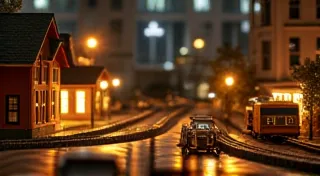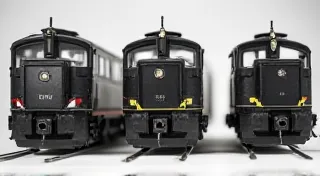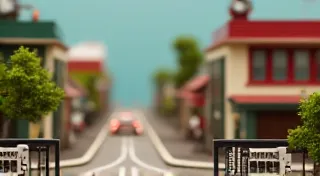Echoes in the Tender: The Resonance of Obsolescence and Miniature Railroads
There’s a particular melancholy that clings to things fading away. Not sadness, necessarily, but a profound sense of loss intertwined with a quiet reverence. Think of the last working blacksmith's forge, the dwindling number of passenger pigeons, or the slow decline of the steam locomotive. It’s a feeling that resonates deeply within the train hobby, especially for those of us drawn to recreating bygone eras in miniature railroad layouts.
My grandfather, a quiet man of few words, possessed a collection of antique accordions. Each one – a Hohner, a Löhner, a Rieger – bore the scars of countless dances and melodies echoing through generations. He rarely played them anymore, explaining, “They tell their own stories now, you see. You just listen.” Listening to those accordions felt like stepping back in time, experiencing the laughter and heartbreak of lives lived long before mine. It was a tangible connection to a disappearing world. This sentiment, I’ve realized, is the very heart of my fascination with miniature railroads.
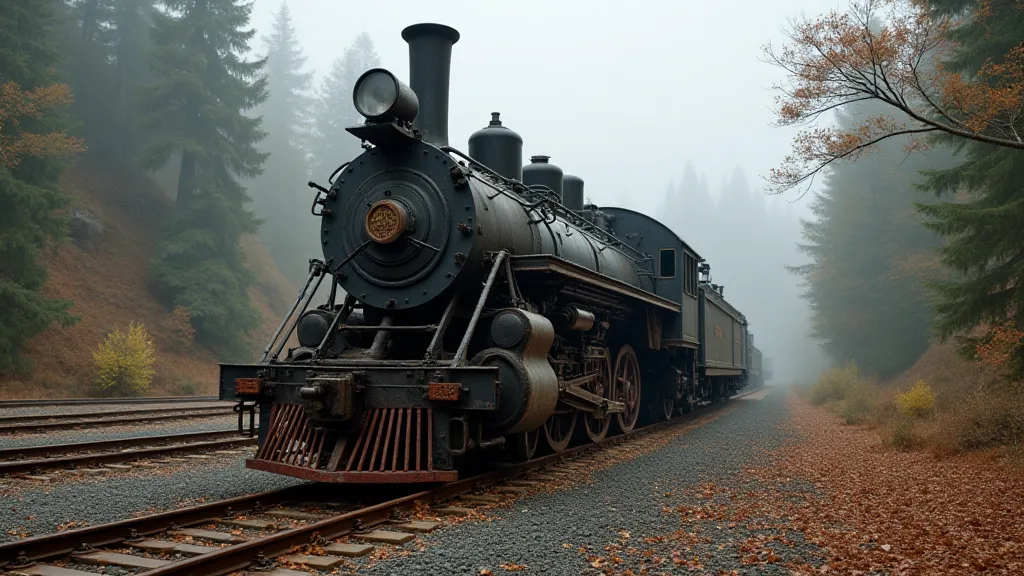
The Allure of the Vanishing Landscape
The romance of the railroad isn't just about the engineering marvel. It's inextricably linked to the landscapes it traversed and the industries it served. Think of the vast coal fields of Appalachia, the towering redwood forests of the Pacific Northwest, the bustling grain elevators of the Midwest. These scenes, once vibrant and essential, are increasingly fragmented, swallowed by progress or simply erased by the relentless march of time. Recreating a tiny sliver of that lost world, a miniature version of a logging railway snaking through a Redwood forest, or a bustling coal yard on the edge of a forgotten town – it’s more than just a hobby; it’s a form of preservation.
Consider the plight of the Shay locomotive. A marvel of engineering, particularly suited to logging and mining operations in mountainous terrain, these geared steam engines became largely obsolete by the mid-20th century. Their complex mechanics, while incredibly efficient in challenging environments, proved less practical for the streamlined, standardized railroads of the modern era. Building a miniature Shay, painstakingly recreating its intricate valve gear and massive proportions, isn't just about replicating a machine. It’s about honoring a specialized piece of industrial history, a testament to ingenuity born of necessity.
The Comfort of Craftsmanship and Routine
The modern world is characterized by disposability and fleeting trends. Things are built to be replaced, not cherished. In contrast, the miniature railroad hobby demands patience, precision, and a deep appreciation for craftsmanship. From scratchbuilding a tiny barn from balsa wood to weathering a locomotive to accurately reflect years of hard service, each step is a meditative act, a conscious rejection of the throwaway culture that surrounds us.
There's a unique satisfaction in bringing something tangible into existence, a feeling that’s increasingly rare in our digitally mediated lives. The smell of the wood glue, the whir of the rotary tool, the feel of the metal lathe – these are sensory experiences that ground us in the physical world, connecting us to a lineage of makers and builders stretching back centuries. The routine itself – the careful planning, the meticulous execution, the slow, deliberate progress – provides a sense of order and control, a welcome respite from the chaos of modern life.
My grandfather, in addition to his accordions, was a meticulous woodworker. He built furniture, repaired antique clocks, and always took immense pride in the quality of his work. He taught me the value of taking your time, of paying attention to detail, of finding joy in the process, not just the outcome. I see echoes of that same philosophy in the miniature railroad hobby.
The Fragility of Memory and the Power of Preservation
The miniature railroad layout isn't just a static representation of a bygone era. It's a living testament to the fragility of memory and the power of preservation. As time marches on, physical landmarks disappear, industries decline, and personal stories fade from collective consciousness. Building a layout, painstakingly recreating a forgotten railway depot or a crumbling trestle bridge, is a way of keeping those memories alive, of ensuring that they are not completely lost to the relentless tide of progress.

Collecting obsolete locomotive designs – a Baldwin 16-30, a Vulcan Oliver – isn’t simply about accumulating models. It's about collecting fragments of a disappearing industrial landscape, each piece telling a story of innovation, adaptation, and eventual obsolescence. The care you take in maintaining those models – cleaning the grime, repairing the broken gears, carefully touching up the paint – is a form of reverence, a silent acknowledgement of their historical significance.
Finding Sanctuary in Miniature
Ultimately, the miniature railroad hobby provides a sanctuary. A place to escape the relentless pace of modern life and connect with a simpler, more tangible past. It's a place to find solace in the comforting ritual of creation, to honor the ingenuity of past generations, and to acknowledge the impermanence of all things. Like my grandfather’s accordions, these miniature landscapes tell their own stories. And by listening closely, by paying attention to the details, we can find a profound sense of meaning and connection to the world around us.
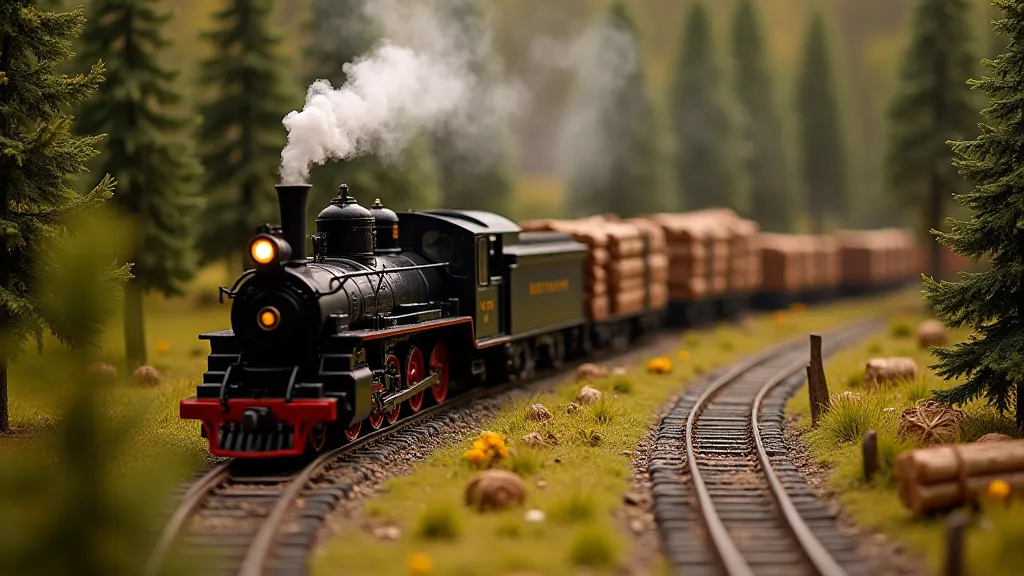
It’s a poignant awareness, perhaps, but also a beautiful one. The knowledge that even the grandest empires, the most powerful industries, eventually fade away – it doesn’t diminish their significance. It enhances it. It reminds us to appreciate the present moment, to cherish the connections we have, and to find beauty in the echoes of the past.

